Producers
-
Description:
The name Jolie-Laide translates loosely to Pretty-Ugly, a French term of endearment to describe something that is unconventionally beautiful. Based out of Sonoma County, California, Scott and Jenny Schultz work with a handful of growers to source fruit from spectacular vineyard sites, allowing them to keep a hands-off approach in the cellar. The winemaking method at Jolie-Laide is simple: grapes are left whole cluster, foot crushed, and aged in neutral oak. All ferments are done with native yeasts, and the only additions consist of a minimal dose of sulfur before bottling.
Scott began his transition into the winemaking world after a move from Chicago to run the beverage program at Thomas Keller’s Bouchon in Napa Valley. As he explains, “everyone I met was a winemaker, so on my days off I followed people around to see what they were doing." Before long, he had secured the cellar master job at Realm Winery, followed by a stint with Arnot-Roberts, and then joining Pax Mahle to work on the Pax and Wind Gap labels. Scott’s passion for winemaking inevitably led to his own project, Jolie-Laide, in 2010.
One feature to note – the labels change every year, featuring a different artist or art collective. “Our wines are a celebration of the year and seasons in which they are made, always unique and different, no two bottlings are ever the same.”
Image: Region:
Region: -
Description:
José Luis Ripa Sáenz de Navarrete has seen the ins and outs of Rioja and knows its wine making history like no one else, having worked for many years with some of the most reputable houses in the region (full disclosure, he is married to Maria Jose Lopez de Heredia).
After seeing the many facets of the business he decided to create a label and make his own wine, a classic Spanish Aged Rosado from vineyards grown on one hectare in the Najerilla Valley, in Rioja Alta, which gets released with a little bit of bottle age.Image: Region:
Region: -
Description:
A new collaboration between David Bowler and Brian Mulder from the Union Grove Distillery in Arkville, New York.
Union Grove Distillery is a “Farm Licensed” craft distillery located in Arkville, New York in the beautiful Catskill Mountains; the distillery opened on February 10, 2016. The name comes from the lost town of Union Grove which once stood about 10 miles south of the distillery location and now lies beneath the cold waters of the Pepacton Reservoir. Union Grove Distillery is fortunate to have at its disposal this same pristine water for their production.
For more on Union Grove Distillery, click here.
Image: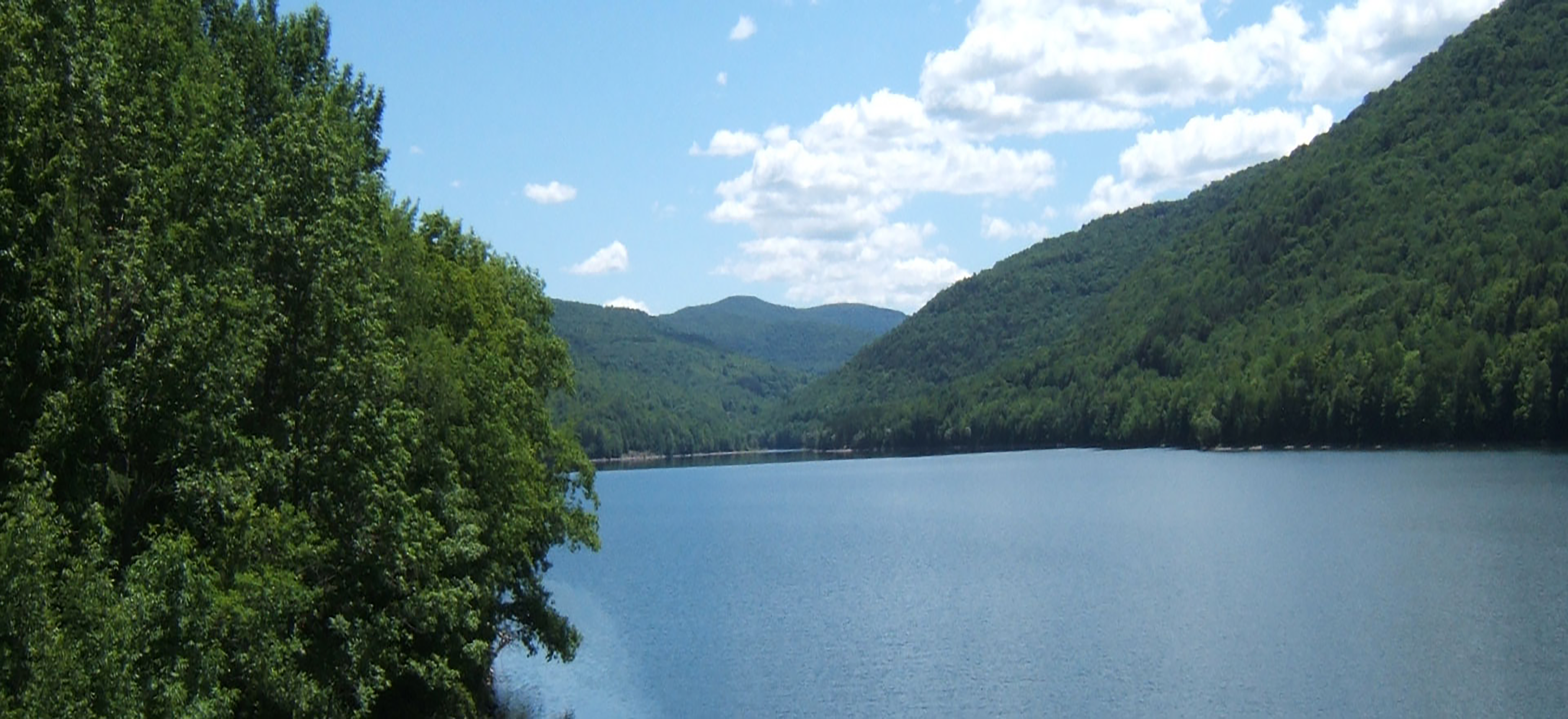 Region:
Region: -
Description:
This wonderfully traditional winery was established in 1758; Franz and his son Matthias represent the seventh and eighth generation here. The estate/s holdings currently consist of 26 hectares of vineyards in Deidesheim, Forst and Ruppertsberg, picturesque villages which lie in the shadow of the Mittelhaardt mountain range, and constitute the great winemaking heart of the Pfalz. Soils are a fantastic mix of geologies, primarily sandstone (bundsandstein) but also basalt boulders, lime and layers of loess and clay, contributing to the complexity and variety of the wines made here. The 200-year-old cellar includes large old barrels as well as modern stainless tanks used for the younger, fresher cuvées. Kimich produces about 100,000+ bottles of wine a year, 97% white wines composed of dry (80%), semi-dry (15%) and sweet (5%).
Matthias refers to his vineyards as "environmentally farmed to preserve the ecological balance of the Palatinate countryside." Here's what that means:
Transitioning ORGANIC since 2019, will be certified in 2022.
No herbicides, no fertilizers, no pesticides.
The winery operates with a negative carbon footprint.
Only sprays: Sulfur, copper, baking soda.
Not vegan; the wines are fined with isinglass.
Temperature controlled fermentations in stainless steel. Most bottlings are vinified with cultured yeasts, but spontan on the higher end cuvees.Image: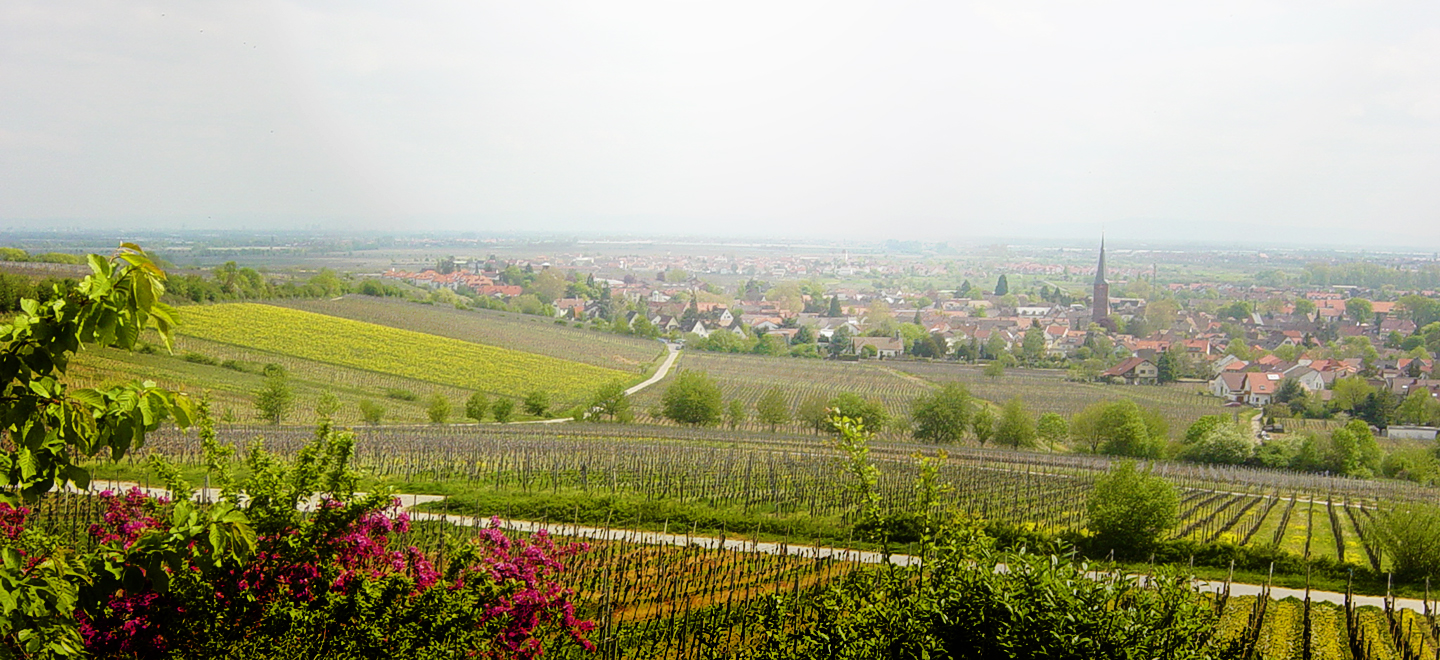 Region:
Region: -
Description:
This historic estate, long managed by the legendary and larger-than-life Bernd Philippi, was purchased in 2009 and since 2011 has been in the dedicated hands of Dominik Sona. He and his cellar master Franziska Schmitt are intensely hard-working and strictly honor the arch-traditional style of this beautiful, centuries-old cellar.
Koehler-Ruprecht is known for broad, rich and minerally Rieslings, Pinots and Chardonnays sourced from three locations in Kallstadt:
- The 750-yr-old Steinacker or "stony acre" which practically surrounds the village is a very rugged, gravelly sandstone and lœss mix on top of a limestone floor, home to Pinot varieties and the estate's fruity Kabinett Riesling.
- The 120-year-old Annaberg is a chalk and sandstone site where the estate's remarkable Chardonnay grows on the limestone portion and their legendary Scheurebe is derived from the first commercial plantings of that grape in Germany, planted circa 1960!
- The crown jewel of the estate is the 200+year-old Saumagen (lœss, marl, and limestone), a 40ha grand cru of which Koehler owns a prime parcel of 4ha on the original South-East facing slope. Some of the greatest, most long-lived dry Rieslings in Germany are born here.
All wines are spontaneously fermented on their own yeasts and aged entirely in large, neutral stück (1200L oval casks) and halbstück (600L). No chaptalization, no enzymes, and no manipulations of any kind are practiced here.
These are extremely old-school wines from an estate making trocken (dry) wines before it was trendy. In fact, the estate cleaves to the old labeling practice of putting both the pradikät and the trocken designation on each wine (e.g., Auslese Trocken), which the VDP no longer allows; it was one reason they left the consortium after 80 years of membership! Koehler-Ruprecht’s wines are released conspicuously late and are best enjoyed with bottle age, particularly the “R” reserve wines. It is safe to say there are no other wines like these made in Germany—or anywhere.
For more information, click here.
I'll Drink to That! Wine Talk Episode 487: Dominik Sona and a Conception of Kabinett
Image: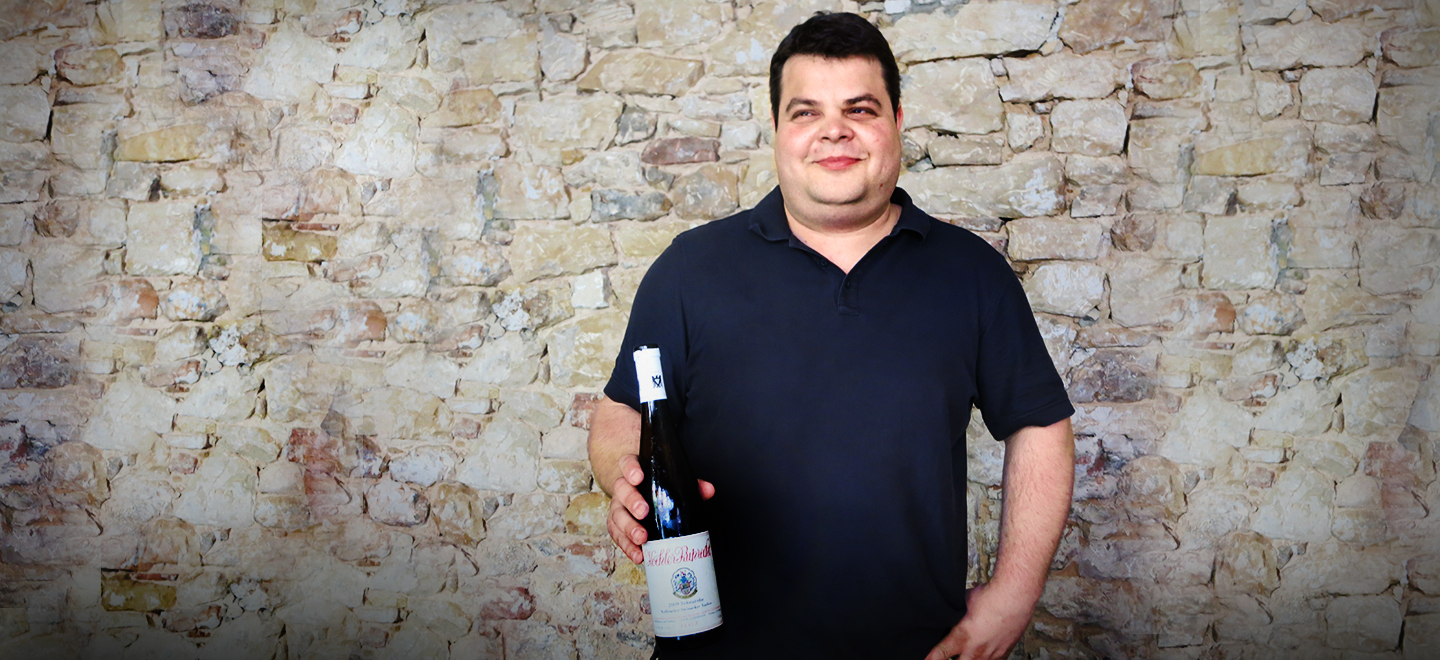 Region:
Region: -
Description:
Bodegas Viñas de Oro is located 133 miles south of Lima, Peru in the traditional district of El Carmen, Chincha in Ica. A father and son duo, Mr. Pedro and Mario Brescia have a background in agricultural engineering and a heart for adventure. The winery opened their doors in 1983 as part of the “Breca” Agricola unit, a Peruvian business by the Brescia Cafferata family which has been in business for over 100 years. The extensive property covers 800 hectares, 80 of which are dedicated to growing six types of Pisco grapes. Viñas de Oro values social and environmental responsibility in farming and production methods. Traditional distillation combined with modern production techniques ensures an exquisite Pisco collection of the highest quality.
VINIFICATION
Grape Harvest - Grapes Ripen February through April
Maceration - 12 Hours; This step only occurs for Italia and Torontel Grapes Stainless Steel Tanks
Wine Pressing - Utilize Italian Grape Press Concentrated Juice with No Hint of Astringency Discard Grape Skin and Seeds
DISTILLATION
Fermentation - Natural Yeast from the Grape 7 to 15 Days in Steel Tanks
Distillation - Alembic Still
Resting - 12 Months
Image: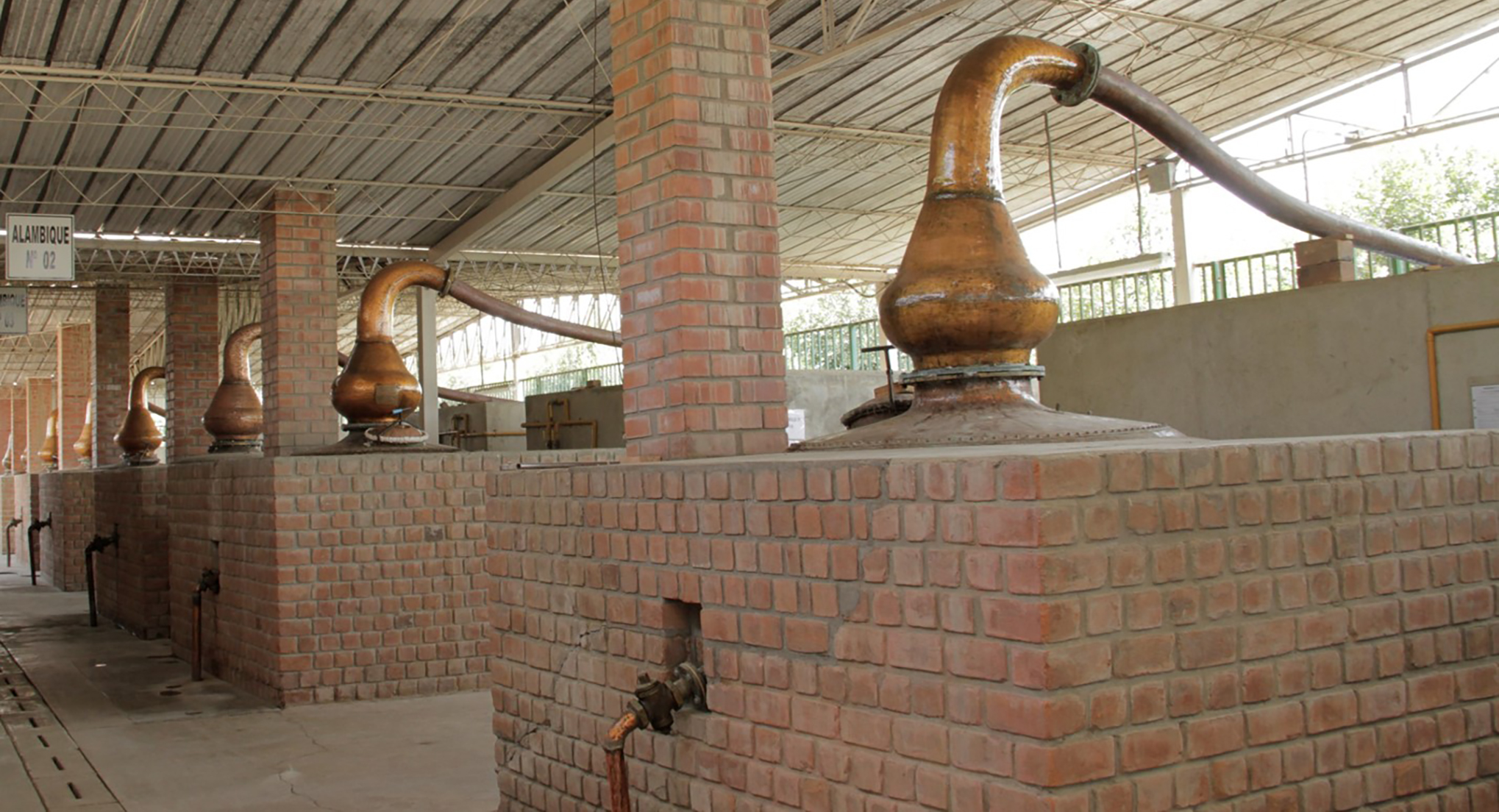 Region:
Region: -
Description:
Thank you to importer Louis/Dressner for this L'Acino profile:
(Click here for LDM's L'Acino visit notes, photos and profile and here for L'Acino's website)
Dino Briglio founded L'Acino in 2006 with two childhood friends who have since amicably bowed out of the project. As natives of the mountain town of San Marco Argentano, the winery is a communal effort to express the oft-forgotten possibilities of Calabrian terroir. When the project began, the three friends were working full-time in unrelated fields: Antonello was a film director, Dino a historian and Emilio a lawyer. Though they had no viticultural or winemaking experience, their love of wine was enough to start an estate. And the trio's taste for vini naturali meant focusing their attention on organic viticulture and minimal intervention winemaking.
After a year of searching far and wide for a small vineyard, the friends struck gold with a hectare of the indigenous white grape Mantonico. Purchased from an old farmer who deemed the land too hard to work, this picturesque vineyard is located right on the border of the Pollino park, the largest natural park in Italy. Soon thereafter, the guys were able to purchase a nearby 1.5 hectare parcel of the local red grape Magliocco. While converting both parcels to organics, they produced their first wines in the 2007, a white called Mantonicoz and a red named Tocco Magliocco. At 650 meters elevation and exposed North, both these sites are particularly cool, providing a lighter, more elegant style than most would expect of Calabrian wine.
The next step was seeing something through from the beginning, and so a new search began for a suitable terroir that had never been planted in vines. This again took about a year, but resulted in the discovery of a stunning, sandy coteau that the guys have planted in Magliocco and Mantonico from massale, along with Guarnaccia Nera and Bianca, Pecorello and Greco, much of it in franc de pied. Planted in 2007, these young vines produce the estate's two entry level wines, both called Chora and both extremely fun, lively and surprisingly light gulpers.
Dino, now fully at the helm of l'Acino since 2016, works ten hectares of vines and rents five (mostly of older vines). All the vines are between 400 and 650 meters elevation. Though he's never studied viticulture or enology, he is the son and grandson of farmers and the work has proved to be instinctive. And while production did not stray from the estate's historic four wines for many years, he has began experimenting and releasing new cuvées in 2016 with Giramondo, a macerated Malvasia.
The wines ferment off their native yeasts, mostly in stainless steel vats, though a small amount of old French oak is used for the older's vines' best grapes. Vinifications take place without addition or retractions, save a small amount of sulfur at bottling. The whites in particular are wildly original and compelling, while the reds are a pure, quaffable joy.
Image: Region:
Region: -
Description:
Located in the southwest of France, the wines from Cahors have been famous in Europe since the Roman Empire: legend has it that at that time, they put the wines being produced in Italy to shame, and so in 92 A.D., Emperor Domitien ordered that the vines in Cahors be pulled up in order to eliminate competition for Roman vineyards!
The Château Haute-Théron was built after the French Revolution in 1789, in the hills overlooking the Lot Valley. The seventy-four acres of vineyards, planted entirely to Malbec (Cot), have a southern exposure with limestone soils; some of the vines here are over thirty-five years old.
This wine is produced under the Sustainable Agriculture Policy.
Image: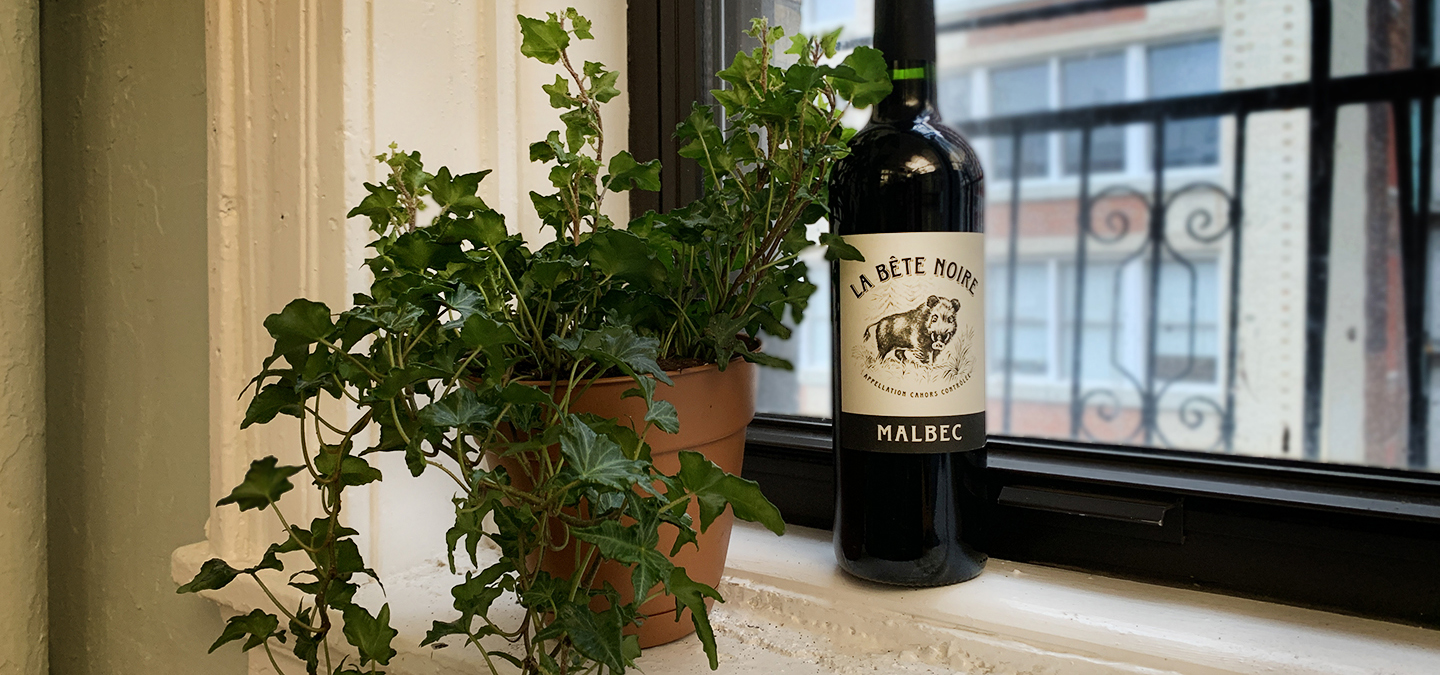 Region:
Region: -
Description:
Hank Beckmeyer and his wife, Caroline Hoel, met in the 80s while he was on tour in Europe with his band Half Japanese. Hank left the band and the tour to remain with Caroline in Europe, and over the years they would take trips to the south of France, drink a bunch of Bandol at Domaine Tempier, and discuss how much they loved what these smaller producers were doing. They eventually decided to make wine themselves, and California seemed like the right place to do it.
In 2001, the two settled in Somerset (El Dorado County, Sierra Foothills) at a site 2600 feet up in the foothills and planted a few acres of vines - mostly Tempranillo but also Syrah, Tannat, Grenache, Negroamaro, Cabernet Sauvignon, and some unknown varieties that emerged from seeds in the compost heap. The vineyard was first farmed biodynamically (certified for a few years), but eventually evolved into the farmer-philosopher Masanobu Fukuoka’s ‘do nothing’ methods. As the name implies, the vineyard grows wild with weeds, insects, birds, and all sorts of life teeming among the vines.
From this vineyard a single wine is made in extremely low quantities and for the rest of their wines, Hank and Caro purchase fruit from like-minded, organic farmers in the foothills.
Hank and Caroline use natural methods for making their wines and have been doing so long before it became trendy in California. Generally, this means native yeasts, neutral vessels, and nothing added except a small amount (if any) of SO2 at bottling. Their goal is to make wines that are alive and enjoyable to drink during all stages of their lives while at the same time expressing the vineyards. Just taste a vertical lineup of Sumu Kaw Syrah or Cedarville Mourvedre and see for yourself!
Image: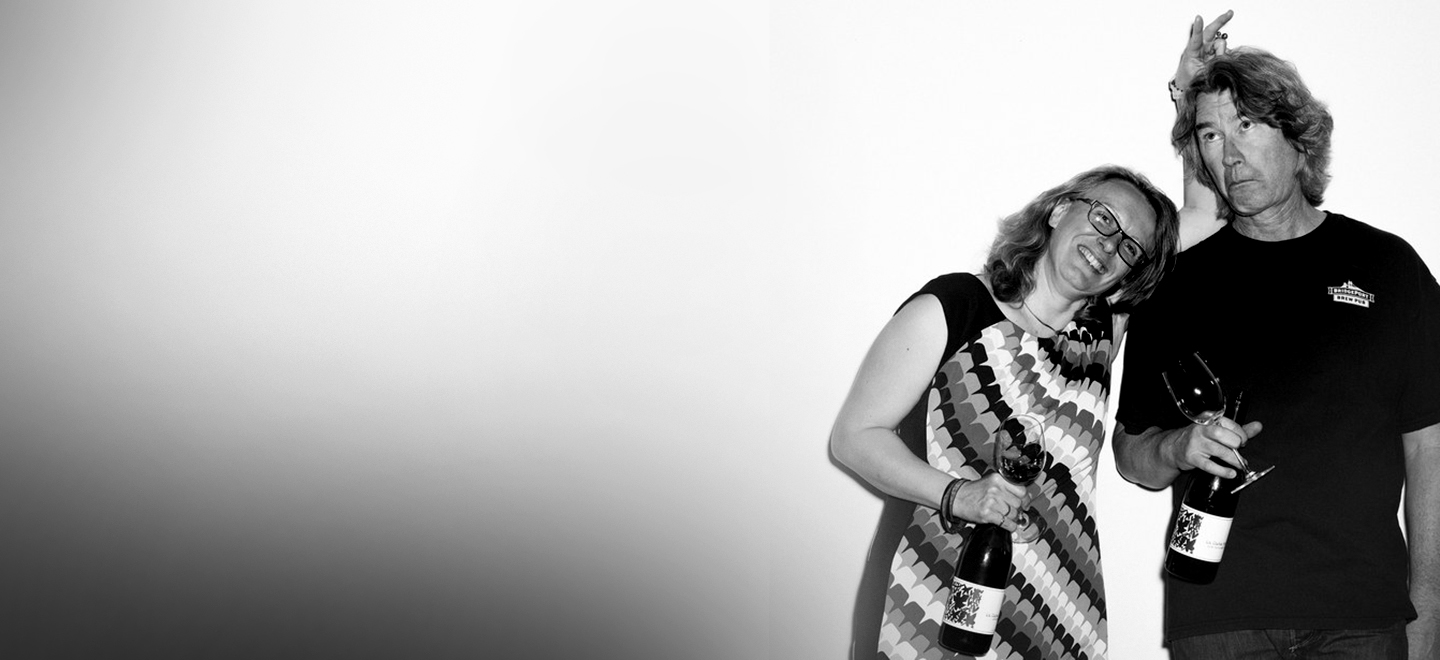 Region:
Region: -
Description:
Andrea Marcesini and his small farm, La Felce, can be found in the far east of Liguria, right on the border with Tuscany. La Felce--the fern--is the name of the località, like a lieu-dit, because the plant thrives in the acidic soils of the area. Andrea likes the image of the fern for another reason: it was one of the first land plants on Earth, along with moss and lichens and, “to add a little poetry,” La Felce is one the oldest farms in this corner of Liguria.
It’s the classic story of a multi-generational polyculture farm. Andrea had been working as a carpenter for years, but upon his grandfather’s retirement in 1998, he came back to the land. He was the first to shift the focus to production of wine in bottle. These days, though, he’s returned to the concept of mixed agriculture. Beyond wine, La Felce is a commercial producer of fruits, vegetables, olives, saffron, and honey.
They farm 6.5 hectares of vines, 11 parcels in the radius of 10 kilometers. Vermentino is the main planting, and it’s here in the Colli di Luni where the grape arguably reaches its greatest expressions. The vineyards are also peppered with Malvasia, Trebbiano, and Albarola for the whites; for the reds, you can find Sangiovese, Canaiolo, Massaretta, Alicante Bouschet, Barbera and Merlot. The ultimate goal is to cultivate perfect grapes, choose the harvest dates with maniacal precision, and then gently guide them in the cellar so that they make honest, elegant, territorial wine. The Marcesinis have always farmed organically, not for commercial reasons but for the desire to leave the land healthier for the next generation. Andrea’s son, Francesco, age 22, is involved 100% and is poised to take the reins when the moment is right. Viva La Felce!
For Andrea, wine is meant to be drunk, not to be marketed or fetishized. He doesn’t understand large wineries with seemingly endless stock of crafted and tailored wines. In his words, “it’s the market that has to choose the product, not the product that chooses a market.” He prefers the freedom of the IGP Liguria di Levante rather than classify his wines under the DOC Colli di Luni. Ironically, he’s the president of the newly formed consorzio for the DOCs of Colli di Luni/Cinque Terre/Colline di Levanto! He also created a beautiful project in a local psychiatric hospital, where he planted a small vineyard in the ward’s courtyard garden. He’s taught some of the residents to work the vineyard, giving them fresh air and a chance at work integration. In 2023 the goal is to bottle this comunal vineyard’s first 4,000 or so bottles.
Andrea is a busy farmer, ultra-protective of what little down time he has. He’s notoriously adverse to technology, including that especially pernicious example known as E-Mail. He was once spotted on Zoom, though, and there’s a video to prove it. Anyway, he’d rather be in the vineyards or out with his truffle dog, Otto. For all of these reasons, his wines have had little presence in the States. We welcome La Felce to Bowler with a tight squeeze!
Image: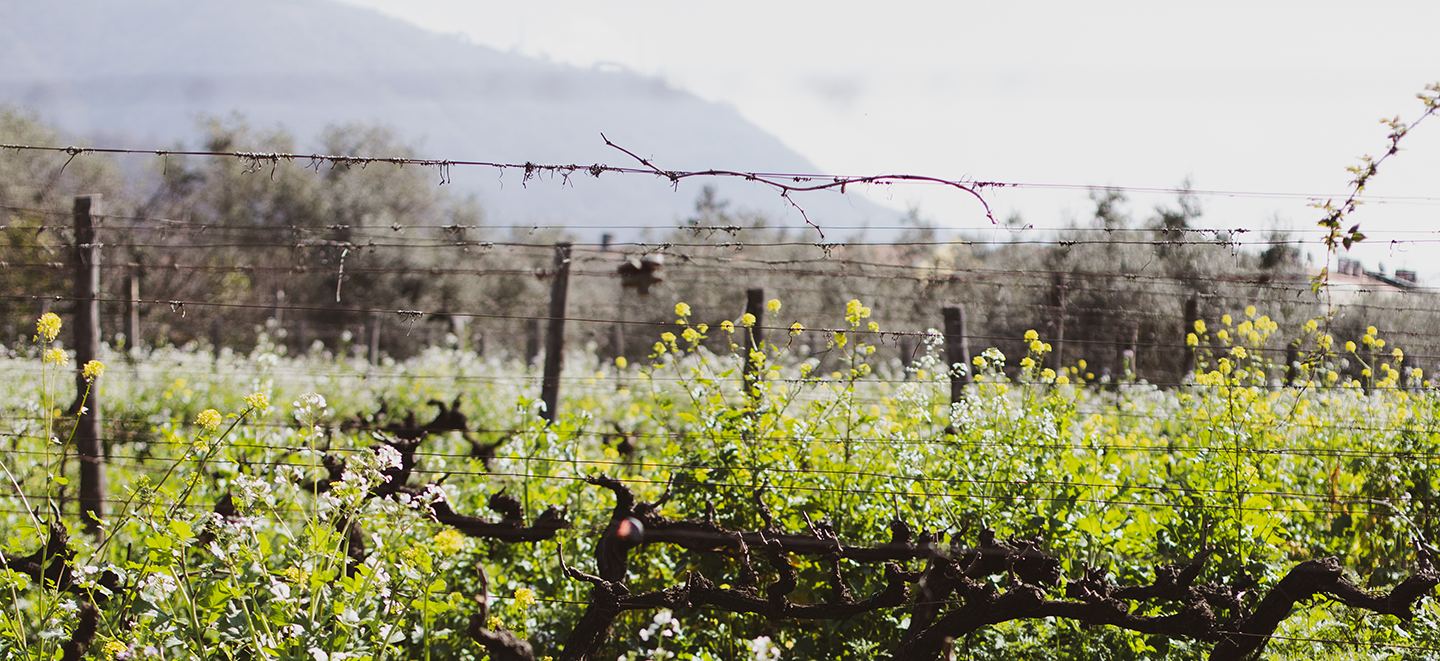 Region:
Region: